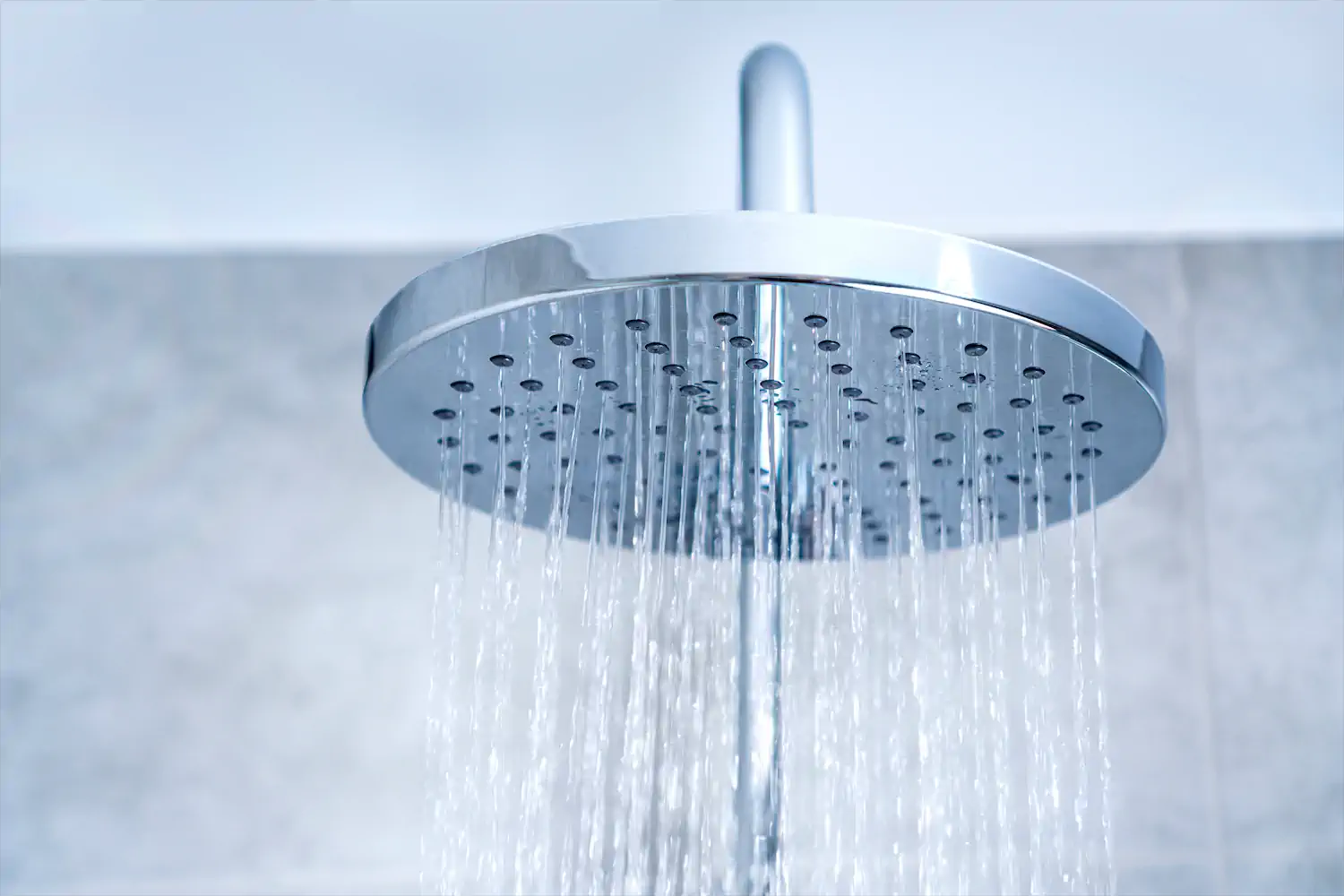Whichever side of the debate you fall on, it’s worth considering how much your daily bathing habits cost. Choosing the most water-efficient option can help you save money while doing your bit for the planet.
Whether you’re a shower or a bath person, Thompson Creek can help you choose the most efficient fixtures for your bathroom remodeling project. So, do baths save more water than showers?
Baths vs. Showers: Which Uses More Water?
How much water a bath uses depends on the size of your tub and how deep you run it. According to the Water Footprint Calculator, the average person uses between 35 and 50 gallons of water every time they take a soak in the tub.
Meanwhile, a regular shower head uses around 2.5 gallons of water per minute. A 10-minute shower requires about 25 gallons, then, giving showers a clear edge over baths. Cut your shower down to five minutes, and you’ll use just 12.5 gallons.
However, the answer may not be so clear-cut if you like to take your time in the shower. In fact, lingering in the shower for just 14 minutes could use as much water as filling a small bathtub. Older shower heads may also be less efficient than standard units, sending significantly more water down the drain.
How to Save Water in the Bath
You don’t have to give up long, relaxing soaks in the bath completely to save water. However, it could be worth considering using the shower most days and keeping baths as a weekend treat. Alternatively, filling up the tub halfway can reduce the amount of water you use while avoiding accidental overflow when you climb in.
You may find that you need to run the faucet for a while before the water turns hot, especially in cold weather. Avoid running water down the drain by putting the plug in first. Alternatively, collect that cold water in a container to water your backyard or indoor plants.
How to Conserve Water in the Shower
One of the most effective ways to conserve water in the shower is by installing a low-flow shower head. Shower heads with the WaterSense label must use less than 2 gallons per minute, making them 20% more efficient than standard units. In fact, the United States Environmental Protection Agency (EPA) estimates that the average family could save up to $70 on their utility bills every year by replacing a single shower head with a low-flow model.
Already got a low-flow shower head but want to be even more water efficient? Consider purchasing a shower timer to set limits on your showering time. As with the bath, you can collect cold water when running your shower and waiting for it to warm up. Use it to water the grass and reduce hose usage in your yard.
The knowledgeable team at Thompson Creek has the expertise to design and remodel your bathtub and shower to make them practical, beautiful, and budget-friendly. If saving energy and water is important to you, we can advise you on the most efficient fixtures to make your dream bathroom a reality and eco-friendly. Get in touch today to discuss your needs and arrange a free estimate.


